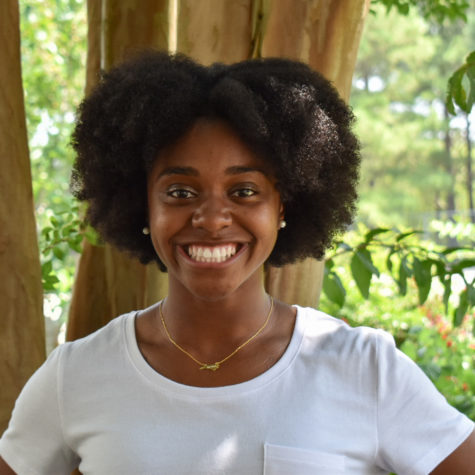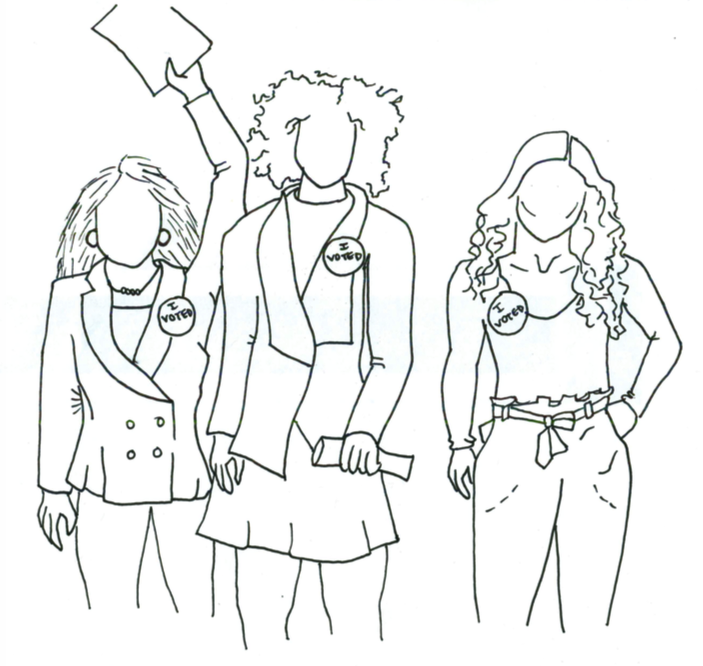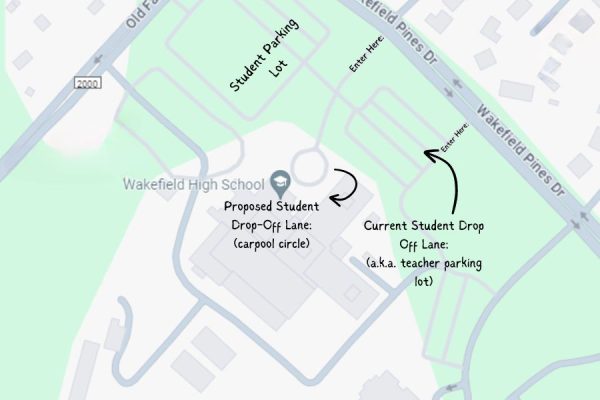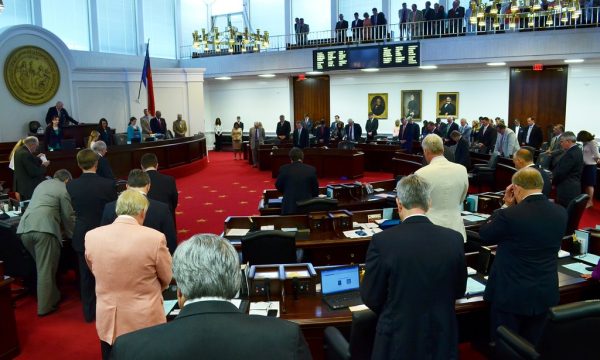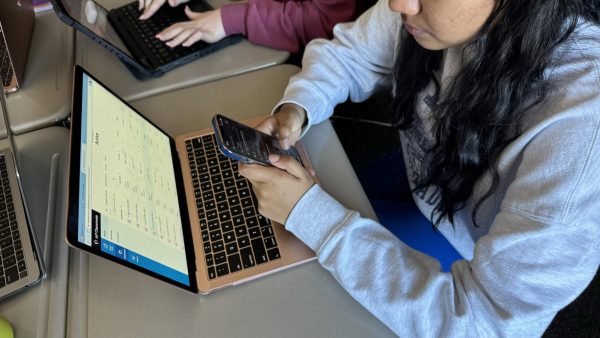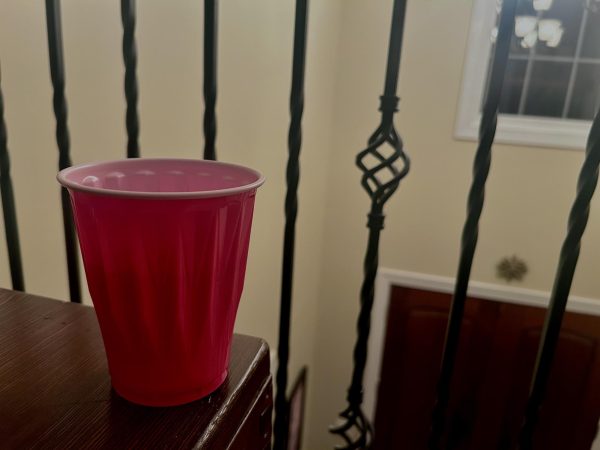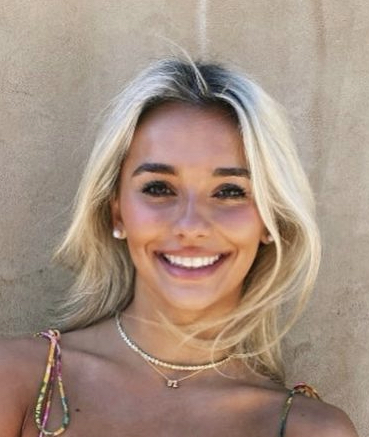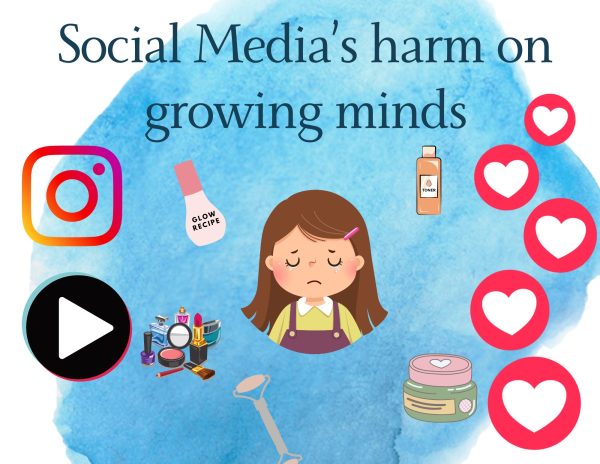2020 Hopefuls and women of color: Earning the vote
As presidential candidates of the Democratic party set their campaign agendas for the 2020 election, earning the votes of women of color has become a focal point of their efforts.
Three women stand with ballots in hand and wear pins that state, “I VOTED.”
In 2019, the black female community is seeking a return on their investments: to gain support for their own political initiatives and to have their voices heard by politicians who can potentially earn their votes.
Historically, black women account for a large portion of the American electorate. We account for 52 percent of the black population, and 13.7 percent of the female population. According to Higher Heights, in the 2008 and 2012 presidential elections, we had the highest voter turnout rate of any racial, ethnic, or gender group: 68.8 percent and 74 percent, respectively. If these facts aren’t enough to convince you of the potency of a portion of the non-white female vote, in the 2018 mid-term elections 88 percent of women of color voted Democratically.
After years of combatting insufficiencies in political and financial support, we have used it to our advantage. Women of color all over the country have taken the initiative to become politicians, run campaigns, and create advocacy groups to promote voting. Many groups have formed, but most notably, She the People.
She the People is a national network that connects women of color in efforts to transform policy, politics, and democracy. The organization seeks to heighten the voices and influence of women of color as leaders, political strategists, organizers, and voters. The progressive group has set its sights on bringing these voices directly to the ears of Democratic 2020 hopefuls at its first Presidential Forum in Houston in April.
Aimee Allison, M.A., president and founder of She The People, believes that candidates of both genders and all races need to “win women of color.” As I previously stated, women of color provide a solid base for the Democratic party but, black women contribute most consistently to that foundation.
In 2016 alone, 94 percent of black women voted for Democratic nominee Hillary Clinton, who won the popular vote. In 2008 and 2012, 96 percent cast their ballots for President Barack Obama. Seven years later, Senator Sherrod Brown (D-Ohio) tweeted, “You can’t be a human being who’s awake and not understand that black women are the heart of the Democratic Party.” Senator Brown’s statement hit home in the hearts of many women who have steadfastly invested their time and voting efforts into the candidates they deemed best for the job.
Black women have been demanding to be heard for decades now, and it is time for government officials to recognize our voices, our leadership, and the incredible efficacy of our vote.
The presidential forum will allow the movement of women of color getting their voices heard to take a strong leap forward. The Democratic candidates will be face-to-face with over 1,000 women in the audience who can play a critical role in their potential vote. The forum has several focal points that are very prevalent in the lives of women of color. These topics will include race, gender, economics, and social justice.
She the People’s very first presidential forum will serve as a bedrock for candidates of the Democratic party to build upon, as they strive to earn as much of the vote contributed by women of color as they can. Provided the event is successful and continues, this could be the start of a sturdy platform for Democratic candidates to enlarge their spheres of influence and campaign agendas. Black women have been demanding to be heard for decades now, and it is time for government officials to recognize our voices, our leadership, and the incredible efficacy of our vote.




